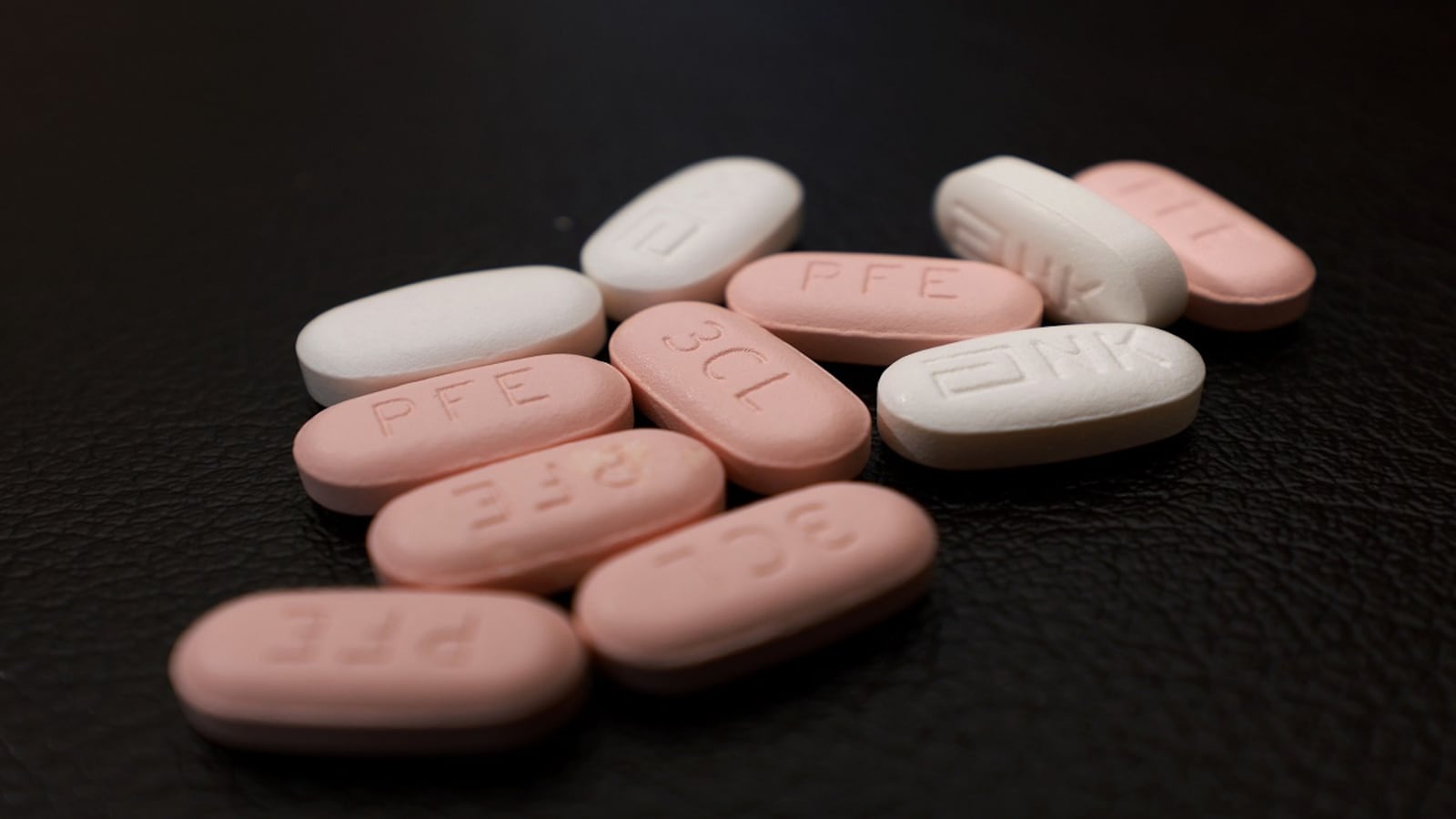23 Dec , 2022 By : Monika Singh

Will China start imposing restrictions on export of paracetamol? This question about this mainstay medication to combat any viral fever, not just during COVID-19, is today crossing the minds of many in the Indian pharmaceutical industry. Indian pharma is already noticing a rising trend in the prices of several drug ingredients imported from China.
While the COVID-19 caseload in China seems worrying and it’s internal demand for paracetamol is bound to increase, the fact that the surge in COVID-19 cases is not confined to China, makes the tracking of paracetamol supply and demand all the more crucial. There are concerns in other geographies too like the United States of America, Japan, South Korea and Brazil with most of them high population countries.
In fact, each of these countries also find mention in the note put out on Tuesday, December 20th, in the name of Rajesh Bhushan, secretary, health, government of India, urging states within India “to gear up genome sequencing of positive case samples to track the variants.”
Currently, industry estimates suggest that the overall global demand for paracetamol or APAP (acetaminophen) including use in various formats- ingredients/powder, granules or the finished product- is around 170,000 tons a year. Of this, about 32,000 tons is from the US, followed by China at 30,000 tons, demand in Europe is at around 25,000 tons and India in the region of 10,000 to 20,000 tons per annum. India is also a leading exporter of paracetamol and industry estimates this at over 45,000 tons while China exports about 40,000 tons. India has half a dozen major manufacturers of paracetamol led by players like Granules India and Sri Krishna Pharmaceuticals.
There is apparently no concern of any shortage that India may face as it is a net exporter (and a leading one at that) for paracetamol. But then, when there is a spurt in domestic demand, governments typically tend to impose curbs on exports. Indian companies were witness to this last year when, reeling under the painful COVID-19 delta variant wave, India restricted exports of paracetamol.
The question that many seem to instead ask today is the extent to which India could step in to bridge any gap in case China imposes restrictions on the export of paracetamol.
This may need to be watched. According to the founder of a leading Indian pharmaceutical company, who did not want to be named, in case the need arises, it is possible that Indian companies may be able to partially bridge any global supply gap as those who import typically tend to qualify some of their suppliers and it may not be very easy to substitute one supplier for another. The key point for Indian consumers is that the local supplies may not get impacted and there may not be any shortage of the drug within India. In a worse case scenario, there could only be implications on prices. Indian drug makers are after all still dependent on China for ‘Para Amino Phenol’ or PAP, a key starting material for making paracetamol. However, they do not expect any impact on the supplies of this as it is apparently in surplus within China.
But the larger point to be tracked and watched closely would be the extent to which Indian companies are able to ramp up supplies for the global markets. For the many importing countries globally, it may be time to introspect on a need for a more diversified supply chain strategy. This may be yet another painful reminder for more to finally start seeing value in a China-plus-one strategy with India figuring as a reliable supplier.
0 Comment